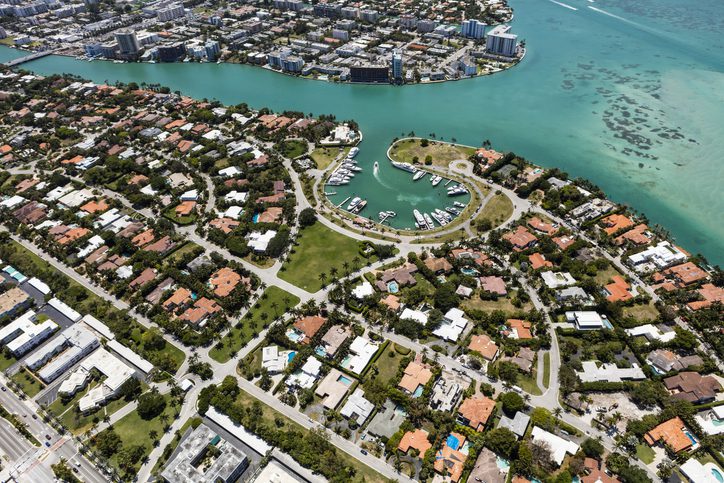Fraud, Litigation Push Florida Insurance Market to Brink of Collapse

With its abundance of unneeded new roofs on homes – and flashy lawyer billboards at every turn claiming massive settlements on claims – Florida’s insurance market is on the verge of failure. This man-made catastrophe is causing financial strain on consumers, as the annual cost of an average Florida homeowners insurance policy will skyrocket to $4,231 in 2022, nearly three times the U.S. annual average of $1,544.
“Floridians pay the highest homeowners insurance premiums in the nation for reasons having little to do with their exposure to hurricanes,” said Triple-I CEO Sean Kevelighan. “Floridians are seeing homeowners insurance become costlier and scarcer because for years the state has been the home of too much litigation and too many fraudulent roof-replacement schemes. These two factors contributed enormously to the net underwriting losses Florida’s homeowners’ insurers cumulatively incurred between 2016 and 2021.”
Two major hurricanes made landfall in the state since 2016: 2017’s Irma and 2018’s Michael.
No direct hits occurred in Florida over the past three hurricane seasons.
Florida, however, is the site of 79 percent of all homeowners insurance lawsuits over claims filed nationwide, even though Florida’s insurers receive only 9 percent of all U.S. homeowners insurance claims, according to the Florida governor’s office. To illustrate how lawsuits have weighed on insurer operating costs, JD Supra, citing the Florida Office of Insurance Regulation (OIR), reported $51 billion was paid out by Florida insurers over a 10-year period, and 71 percent of the $51 billion went to attorneys’ fees and public adjusters. The 2020 and 2021 cumulative net underwriting losses for Florida homeowners’ insurers totaled more than $1 billion each year.
“The state’s homeowners’ insurers have been forced to respond to these unfortunate market trends this year by restricting new business, non-renewing existing policies, and even canceling policies mid-term,” Kevelighan said. “What’s more, four homeowners insurance companies have been declared insolvent since February — all while more Americans are moving to Florida than any other state.”
Citizens Property Insurance Corp., the state-backed property insurer of last resort in Florida, has seen its policy count rise to nearly 900,000 this month statewide. Its policy count figure stood at about 420,000 in October 2019. Citizens provides insurance coverage to homeowners unable to find a private-sector insurer willing to sell them a homeowners insurance policy.
Placing further pressure on the affordability and availability of homeowners’ insurance in the state, third-party rating bureaus have downgraded the financial ratings of some insurers operating in Florida.
The typical Florida homeowners’ insurance policyholder paid $2,505 for coverage in 2020, Triple-I found, and that figure rose to $3,181 in 2021. Triple-I’s analysis was based on data and analyses from Florida’s OIR, the National Association of Insurance Commissioners (NAIC), and Triple-I’s estimates of what insurers are paying today for home replacement costs.
During a special legislative session in May 2022, Florida lawmakers passed Senate Bill 2B, which Gov. Ron DeSantis signed into law. The measure is aimed at easing homeowners’ premium increases and reducing excessive litigation.
To help Floridians and others residing in natural disaster-prone states better manage risk and become more resilient, Triple-I launched a few years ago its Resilience Accelerator initiative, Kevelighan said.
The Resilience Accelerator’s goal is to demonstrate the power of insurance as a force for resilience by telling the story of how insurance coverage helps governments, businesses and individuals recover faster and more completely after natural disasters. “The insurance industry’s focus on resilience is starting to pay dividends as more Americans recognize the very real risks their residences face from floods, hurricanes, and other natural disasters,” Kevelighan added.





